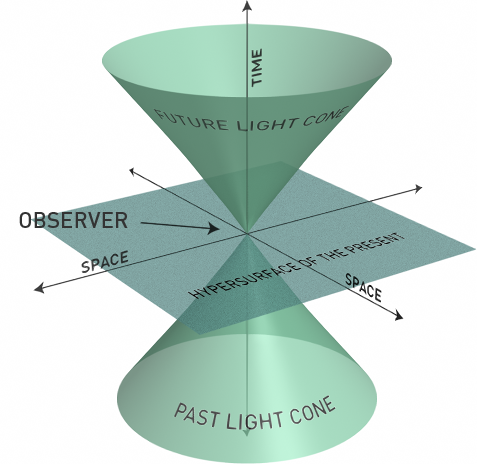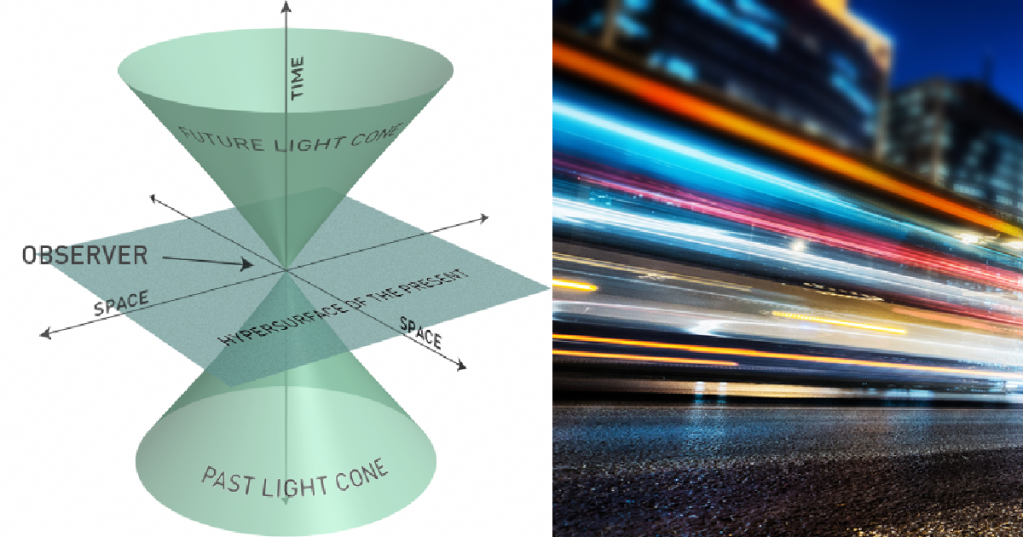If there’s one thing that science fiction authors and screenwriters have always seemed to agree on, it’s that human beings would have to figure out how to travel at the speed of light (or faster) if we’re going to be able to catapult ourselves into the far reaches of space.
Of course, if you believe the movies there’s not a lot of good to be found after we do, but when has that ever stopped people from wanting to explore?
What would happen if we did figure out how to travel at the speed of light?

Image Credit: iStock
A lot, it turns out, and not in the way people may have imagined.
Relativity describes the universe with a 3+1 space-time continuum, with three space dimensions and one time dimension. Using the standard metric, physicists note that the difference between space and time is minimal, the speed of light in a vacuum is constant, and the laws of physics are the same and inertial observers are equal.
It turns out that it’s theoretically possible for an observer to move faster than the speed of light – with one caveat.
The metric would have to flip, consisting of 1 space dimension and 3 time dimensions instead – which means a regular particle moving through our three-dimensional space will be “aging” in three directions of time.

Image Credit: Creative Commons
These equations end up reproducing some important descriptions of quantum mechanics. The particles, for instance, behave according to the principle of superposition. The speed of light in a vacuum doesn’t have to be different, the observers just have to exist, explains Professor Andrzej Dragan.
“For a superluminal observer, the classical Newtonian point particle ceases to make sense, and the field becomes the only quantity that can be used to describe the physical world.”
They authors of the study explain in more detail in their article.
“Until recently it was generally believed that postulates underlying quantum theory are fundamental and cannot be derived from anything more basic. In this work we showed that the justification of quantum theory using extension leads to the field-theoretic formulation of the quantum theory. This justifies, or at least provides a plausibility argument, why this extension is not just an eccentric thought exercise, but reflects something fundamental about symmetries of laws of physics.”
This work could influence further study in the fields of relativity and quantum mechanics, though it’s clearly still theoretical in nature.
Professor Krzysztof Turzynski says they’ll be looking for ways to apply it practically in the future, though.
“The mere experimental discovery of a new fundamental particle is a feat worthy of the Nobel Prize and feasible in a large research team using the latest experimental techniques. However, we hope to apply our results to a better understanding of the phenomenon of spontaneous symmetry breaking associated with the mass of the Higgs particle and the other particles in the Standard Model, especially in the early universe.”
It’s fascinating, for sure, and there’s no doubt humans will keep digging at this rabbit hole until we figure it out.
Hollywood demands it!






